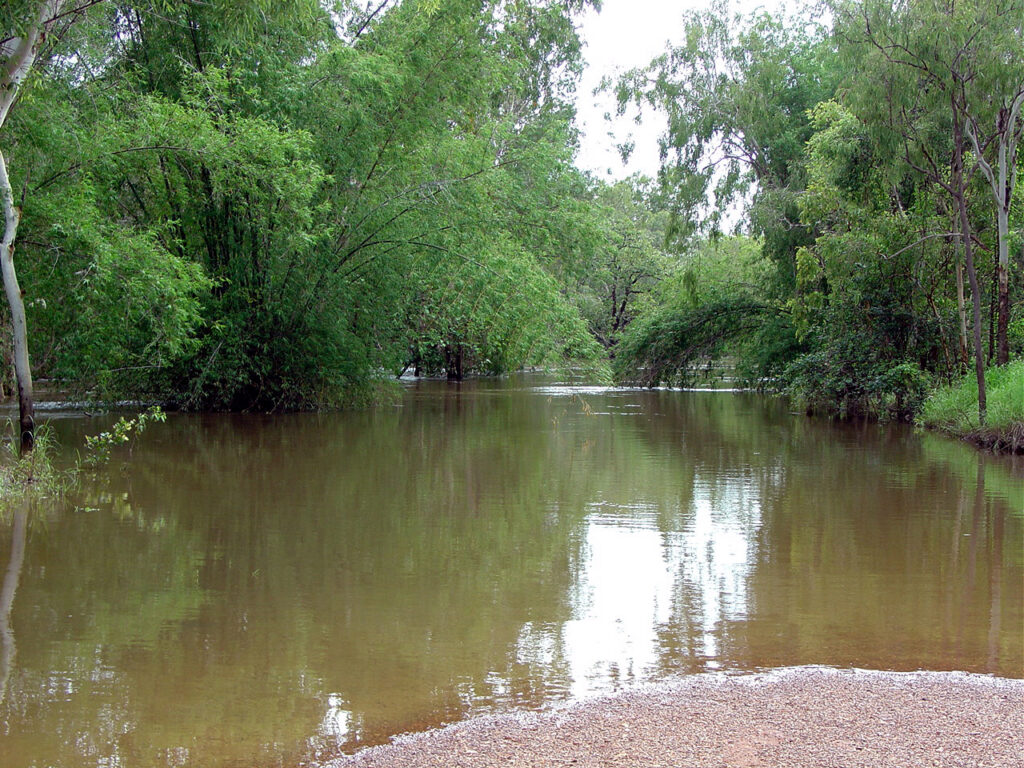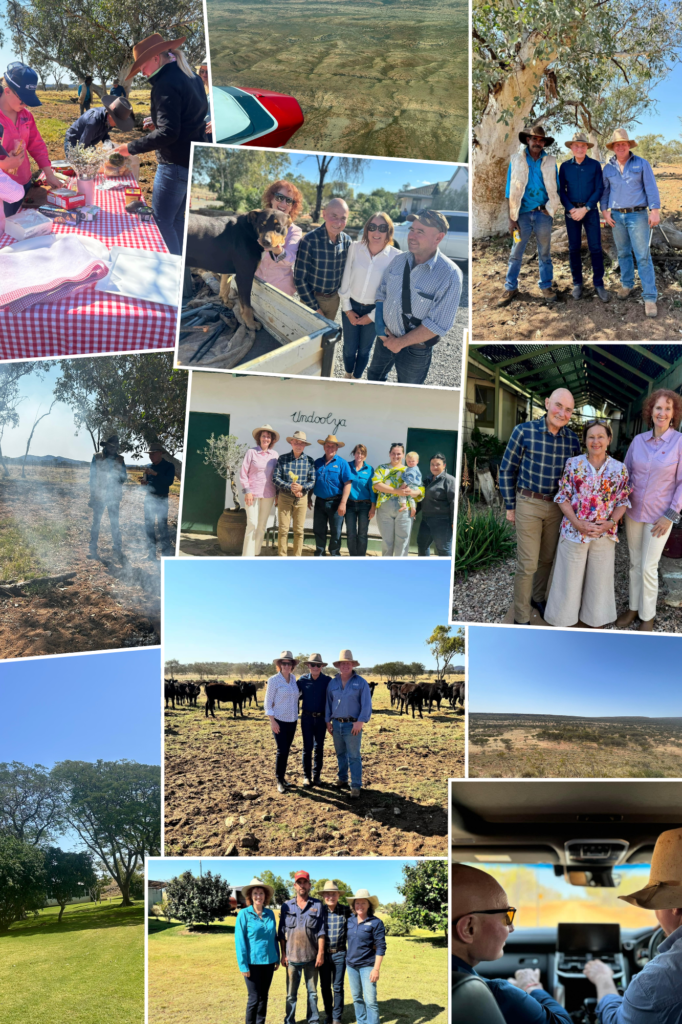
Are you a water user in the Adelaide River catchment? The Darwin Rural Water Control District has been expanded to include the Adelaide River catchment. The extended water control district covers an area of 10,727 square kilometres.
The extension applies new water management rules to those accessing and using water in the water control district. This includes obtaining bore construction permits and water extraction licences, unless an exemption exists. Water taken for rural stock and domestic consumption is exempt from licencing, as is groundwater taken in quantities of less than 5 Megalitres per year.
Any existing unlicensed commercial groundwater users, or anyone wishing to access groundwater for commercial purposes in the Darwin Rural Adelaide River Water Control District, must apply for a water extraction licence.
For further information on water licensing and permits, go to the Northern Territory Government website or send an email to water.licensing@nt.gov.au.
Why is this declaration of the Darwin Rural Adelaide River Water Control District such an important change? The declaration of the District allows the development of a water allocation plan to manage surface water use from the Adelaide River. It is a crucial step to ensure sustainable management of our precious water resources, so they’re protected for generations.
Extensive scientific studies are underway and public consultation commencing to inform development of the plan, which is scheduled for completion by mid-2026. The department will work with a Water Advisory Committee, comprising industry water users and Aboriginal traditional owners, to ensure community values are represented in the plan.
What else do water allocation plans do? The water allocation plan will establish the estimated sustainable yield – the amount of water that can be safely extracted without harming the environment. It will prioritise water for environmental and cultural purposes and set the management arrangements for sharing water between other beneficial uses, including allocation to an Aboriginal water reserve, public water supply, and agricultural needs.
Together, we’ll ensure our water resources are safeguarded, allowing Territorians to thrive now and in the future.



